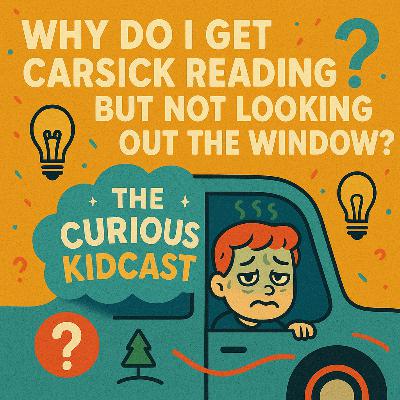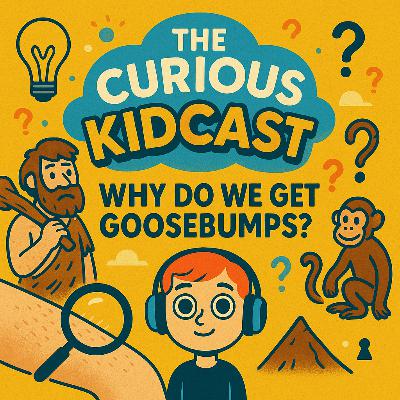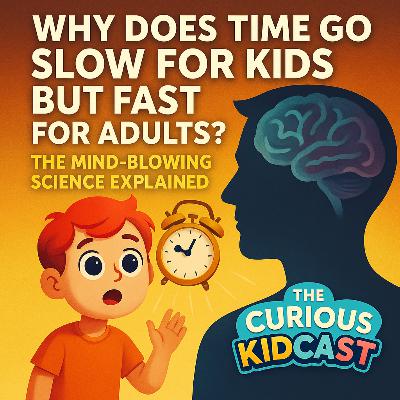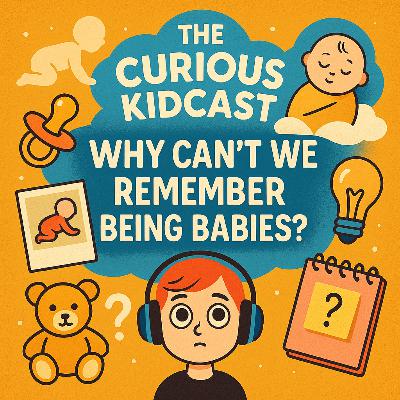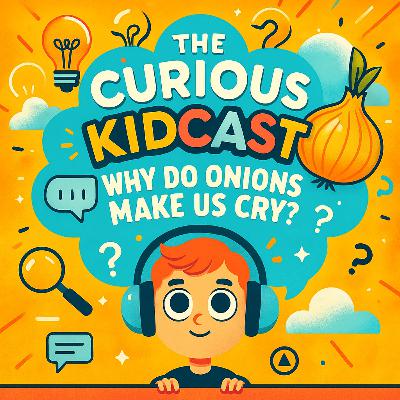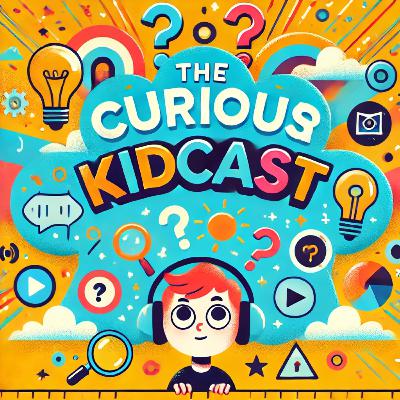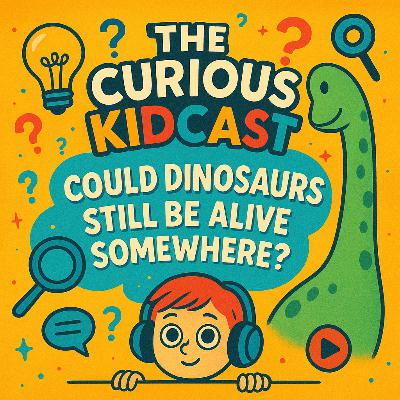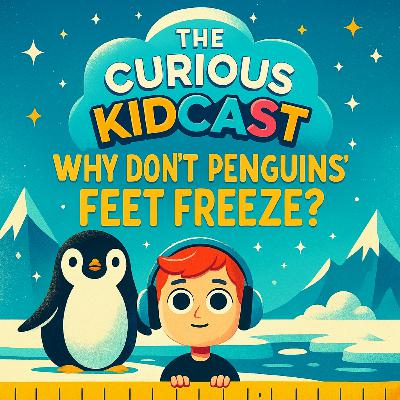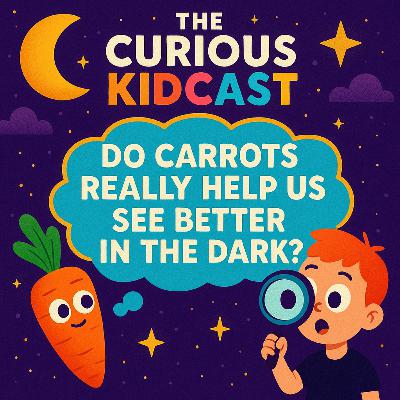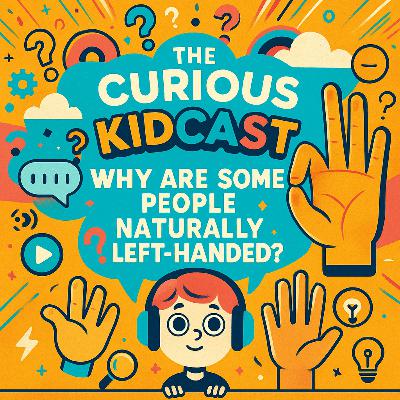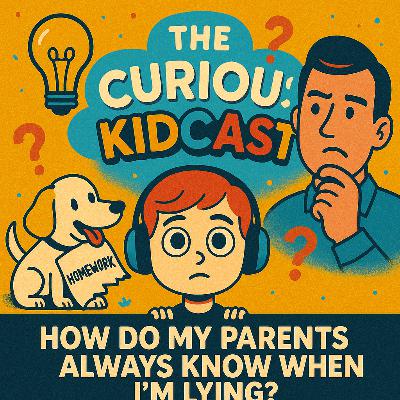Why Do I Get Carsick Reading but Not Looking Out the Window?
Description
Episode Summary
Have you ever felt sick while reading in the car but felt better when you looked out the window? In this fun and educational episode of The Curious Kidcast, host Andy explores the fascinating science behind carsickness and motion sickness. Inspired by a question from 9-year-old Mia from Portland, Oregon, we dive into why your brain gets confused when you're reading in a moving vehicle and discover simple tricks to feel better during car rides.
What You'll Learn
- What is carsickness? - Understanding motion sickness and why it happens
- The science behind it - How your inner ears, eyes, and brain work together
- Semicircular canals explained - The amazing fluid-filled parts in your ears that detect motion
- Why looking out the window helps - How visual cues solve the brain's confusion
- Historical misconceptions - Funny old theories about seasickness and motion sickness
- Prevention tips - Practical ways to avoid getting carsick
- Fun facts - Did you know astronauts get motion sick too?
Key Topics Covered
The Science of Motion Sickness
Learn how your brain acts like a detective, gathering clues from different parts of your body. When your eyes say you're sitting still (while reading) but your inner ears feel movement, your brain gets confused - and that's when carsickness strikes!
Your Amazing Inner Ears
Discover the incredible semicircular canals in your ears - tiny fluid-filled loops that work like motion sensors. These amazing body parts help you balance and detect when you're moving, turning, or changing speed.
Why Some People Don't Get Carsick
Find out why some kids can read in cars without any problems while others feel queasy immediately. It's all about how different brains handle conflicting information!
Practical Car Travel Tips for Kids
- Look out the window frequently
- Sit in the front seat (if age appropriate)
- Try peppermint or ginger candies
- Get fresh air by cracking a window
- Listen to audiobooks or podcasts instead of reading
- Take naps during long car rides
Fun Quiz Questions
Test your knowledge with our episode quiz covering:
- What are semicircular canals and where are they located?
- Which body parts disagree when you get carsick while reading?
- What's the best way to help your brain stop being confused during car rides?
Perfect For
- Kids who get carsick - Finally understand what's happening in your body
- Curious young scientists - Learn about the human body and brain function
- Families planning road trips - Get practical tips for comfortable car travel
- Parents - Help explain carsickness to children in a fun, understandable way
- Educators - Great resource for teaching about the human body and motion
Educational Value
This episode combines humor with solid science education, teaching children about:
- Human anatomy (inner ear structure and function)
- Neuroscience basics (how the brain processes information)
- Physics concepts (motion and perception)
- Problem-solving skills (understanding cause and effect)
- Critical thinking (comparing different theories and explanations)
Related Topics & Keywords
Motion sickness, carsickness prevention, semicircular canals, inner ear function, vestibular system, car travel with kids, science education for children, how the brain works, sensory processing, travel tips for families
Got Questions?
Have a curious question you'd like answered on the show? Visit curiouskidcast.com to submit your questions. We love hearing from curious kids!
About The Curious Kidcast
The Curious Kidcast is an educational podcast for children ages 7-11, hosted by Andy. Each episode answers fascinating questions submitted by curious kids from around the world. We make science fun, accessible, and engaging through humor, storytelling, and easy-to-understand explanations.
Tags: #CuriousKidcast #ScienceForKids #Carsickness #MotionSickness #KidsPodcast #FamilyPodcast #Education #STEM #CarTravel #KidsHealth

